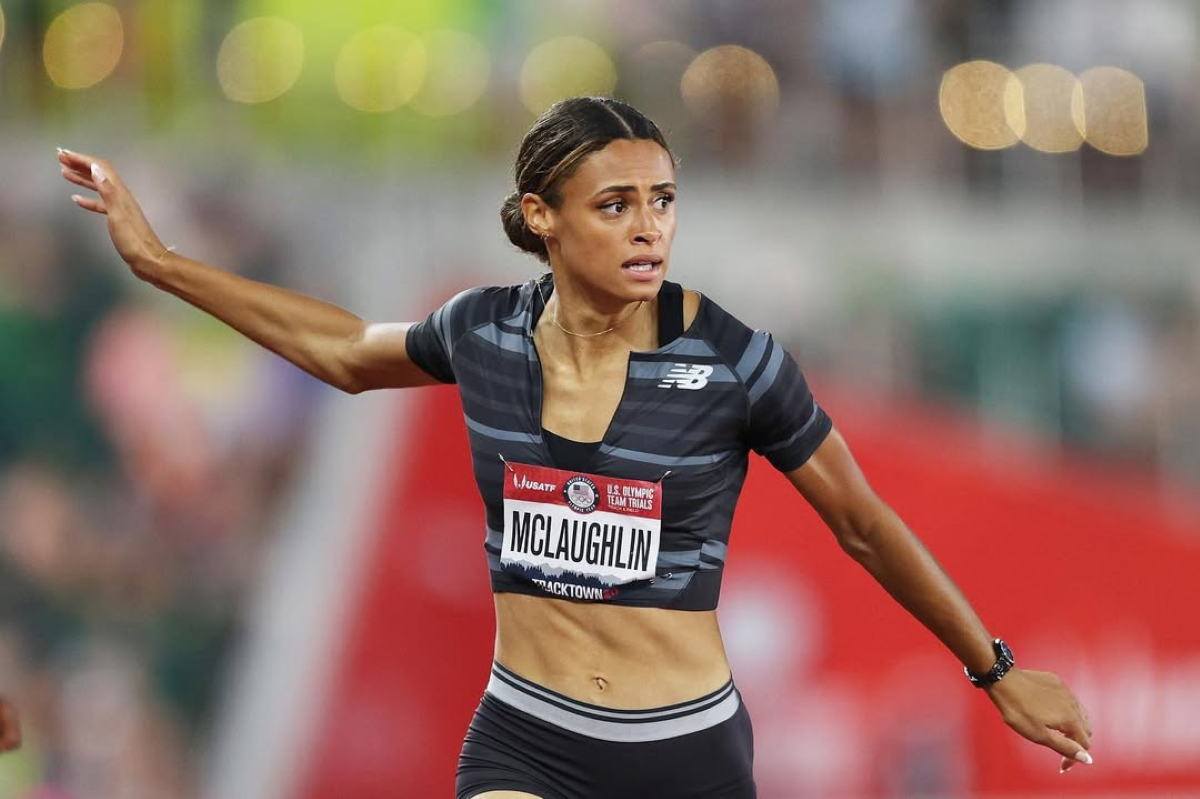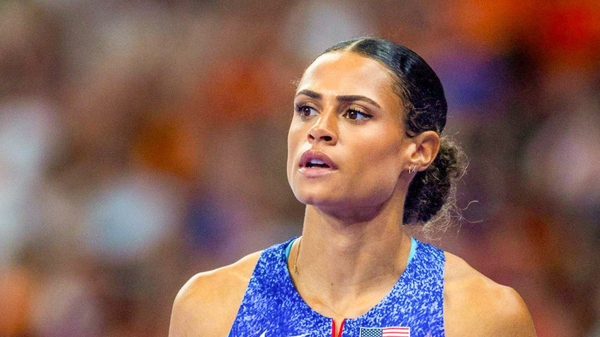

In 2019, Sydney McLaughlin-Levrone was standing at a major crossroads. She had a whole season of 400m hurdles ahead of her, from the Diamond League to the USA Championships, and, of course, the big one—the IAAF World Championships in Doha. After three years at the elite level, Sydney had a pretty good sense of what was coming her way. But did she have a solid game plan to clear those hurdles and taste victory? Well, she might’ve had a few tricks up her sleeve.
Watch What’s Trending Now!
She kicked things off strong, winning in Oslo and Monaco (both Diamond League races). But then came the USA Championships, and—boom—she stumbled hard, hitting the track in a way no one saw coming. That loss was a shock to the system and, to be honest, it had her rethinking everything before the World Championships. But instead of just worrying, Sydney got to work. She started figuring out how to tackle her biggest hurdle—literally and figuratively. Want to know how she pulled it off?
ADVERTISEMENT
Article continues below this ad
Sydney McLaughlin-Levrone changed a basic element of her race strategy to make the competition even
In her book Far Beyond Gold, Sydney McLaughlin-Levrone opened up about her rollercoaster 2019 track season. At the Oslo Bislett Games, she bagged the 400m hurdles victory—but it wasn’t exactly smooth sailing. She “bulldozed the first barrier” in the race, prompting a deep dive into what went wrong with her coach. But with time running out, they had to figure it out fast.
Then came the USA Championships, where Sydney faced her toughest challenge yet. At the iconic Drake Stadium in Des Moines, her archrival Dalilah Muhammad handed her a harsh defeat. Dalilah not only won but set a new world record at 52.20 seconds, leaving Sydney 0.68 seconds behind. That result hit hard and pressed the red button—two months left to address everything and find a way to catch up. So, was there a way out of this pressure cooker?
ADVERTISEMENT
Article continues below this ad

In her book, the Olympian explained, “I was so shaken by the loss to Dalilah, so haunted by the defeat I hadn’t seen coming, I trained at a ferocious pace over the next two months. I ran sprint after sprint—my coach’s preferred training drill—until I thought I might vomit.” In the meantime, she applied a trick to her running. Here’s the version from the book: “We moved the starting blocks back two feet from where they were normally positioned by the starting line. Yes, this meant I would be starting the race at a deficit: two feet behind the other runners. But it would allow me to take twenty-three full steps before the first hurdle.”
ADVERTISEMENT
Article continues below this ad
Sydney called it the “equivalent of a Band-Aid on the problem.” But she had to continue with it as there was little time left between July and October. Did she receive any positive results? Previously, Sydney McLaughlin-Levrone mistimed jumps and had a faulty start and issues with the stepping. However, the fresh strategy eliminated those issues. “The two-foot deficit was our only solution. I did manage to drastically improve my speed and conditioning between Des Moines and Doha,” she wrote in her book. That generated hopes in her to claim victory over her archrival in Doha. But did she meet the expectations on D-day?
The drastic changes couldn’t quite hold up when the penultimate day arrived
In the two months leading up to the World Championships, Sydney McLaughlin-Levrone didn’t leave any stone unturned. She pushed herself to the limit, scoring a win at the Diamond League in Weltklasse Zurich. But that victory came with a bittersweet aftertaste. Why? Well, in her book, she shared a brutally honest reflection: “I ran sprint after sprint—my coach’s preferred training drill—until I thought I might vomit. But no matter how strong I was off the blocks, no matter how fast I could run on the straightaways, there were still those ten hurdles I had to jump over. And I still feared I wouldn’t be able to clear them effectively.” But there was more…

When Sydney landed in Doha, the hot weather added yet another obstacle. Dalilah Muhammad was there, too, facing the same conditions. But Sydney, with no prior experience in Doha’s sweltering heat, didn’t have the luxury of time to acclimatize. The pressure got to her, and soon she found herself holed up in her room, trying to cope with the mounting stress. By the penultimate day, it all hit hard.
Dalilah Muhammad came out on top again, smashing her own world record with a 52.16-second finish. Sydney gave it her all, setting a personal best in the event, but still fell short—by just 0.07 seconds. And despite all the changes in her approach, neither Sydney McLaughlin-Levrone nor her coach could quite figure out the secret to beating her rival.
ADVERTISEMENT
ADVERTISEMENT
ADVERTISEMENT
ADVERTISEMENT

